The natural world is filled with fascinating examples of mimicry, where one species evolves to resemble another for survival advantages. Perhaps one of the most famous—and potentially life-saving—examples to recognize is the resemblance between harmless milk snakes and venomous coral snakes. At first glance, these colorful serpents may appear identical to the untrained eye, but knowing the subtle differences between them could literally be a matter of life and death. This article explores how to distinguish between these look-alike reptiles, the science behind their similar appearances, and why developing this identification skill matters for anyone who spends time in areas where these snakes live.
The Deadly Mimicry: Understanding Snake Lookalikes
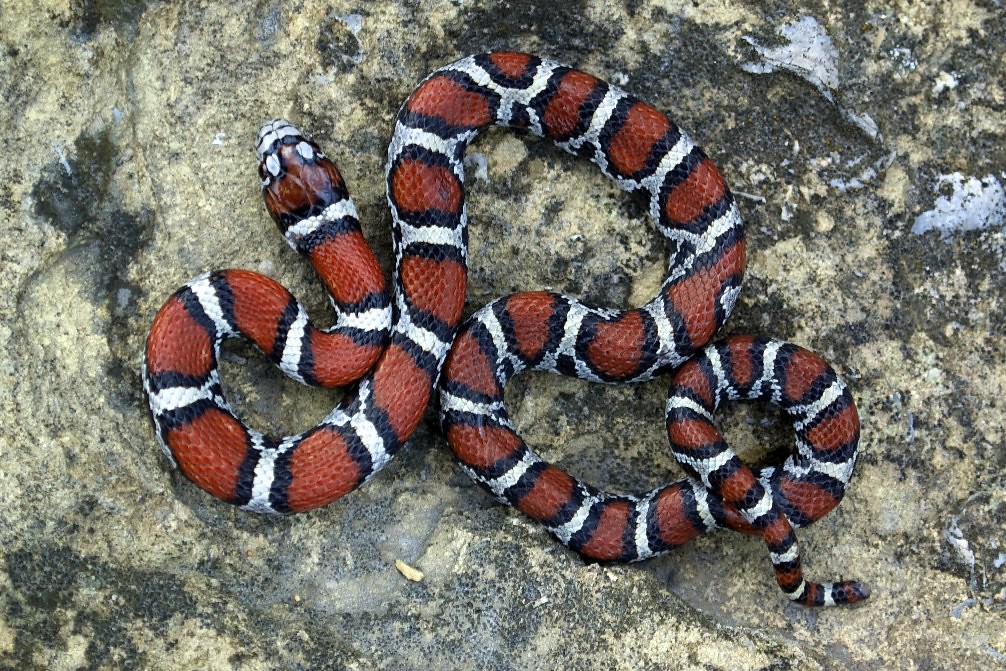
In the animal kingdom, mimicry serves as a powerful evolutionary strategy where a harmless species evolves to resemble a dangerous one, gaining protection without actually possessing the deadly traits of its model. Milk snakes (genus Lampropeltis) have evolved to mimic the warning coloration of venomous coral snakes (genus Micrurus), creating a fascinating example of Batesian mimicry. This resemblance benefits the non-venomous milk snake by deterring predators who have learned to avoid the deadly coral snake’s distinctive patterns. The similarity is so convincing that humans frequently misidentify these species, leading to the creation of rhymes and memory aids to help people distinguish between them. Understanding this evolutionary relationship provides context for why these two distinctly different snake species look so remarkably similar.
The Venomous Coral Snake: What Makes It Dangerous
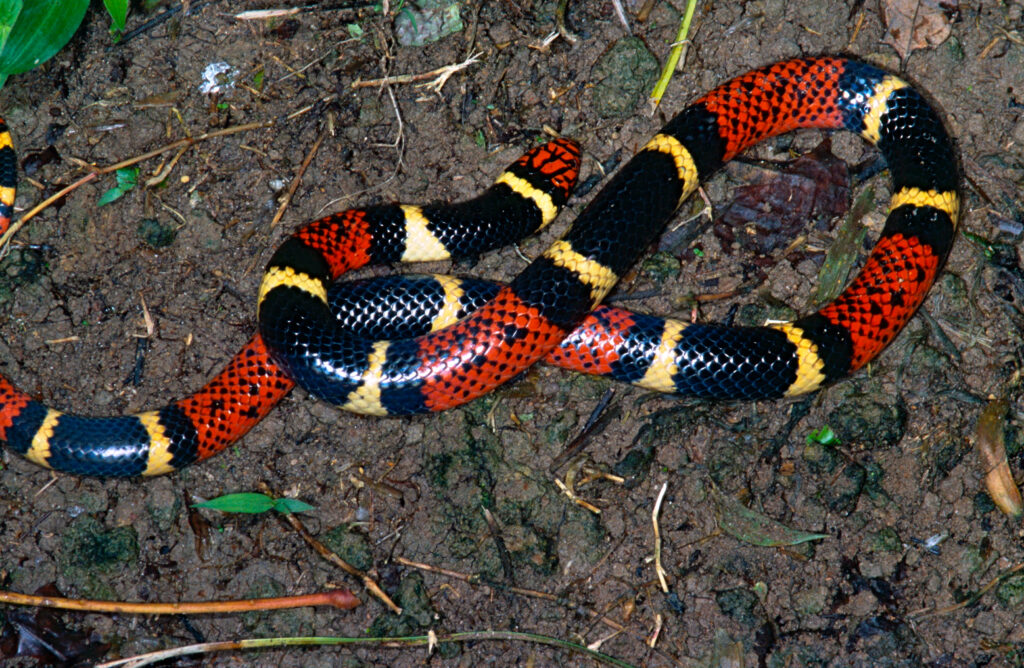
Coral snakes belong to the Elapidae family, the same group that includes cobras and mambas, and possess potent neurotoxic venom that attacks the nervous system. Unlike pit vipers that deliver large amounts of venom through long fangs, coral snakes have relatively small, fixed front fangs that require them to chew on their victim to deliver their venom effectively. Their venom is particularly dangerous because it can cause respiratory failure by paralyzing the diaphragm muscles, potentially leading to death if antivenom isn’t administered promptly. North American coral snakes are typically shy and reclusive, making human encounters relatively rare, but their venom is considered among the most potent of all North American snakes. Understanding the genuine threat posed by coral snakes highlights why proper identification skills are crucial for anyone venturing into their habitat.
The Harmless Milk Snake: A Perfect Impersonator

Milk snakes are completely harmless constrictors belonging to the Colubridae family, with no venom capabilities whatsoever. These adaptable snakes are found throughout North, Central, and South America in various habitats ranging from forests to rocky hillsides and agricultural areas. Despite their intimidating appearance that mimics coral snakes, milk snakes are actually beneficial to humans, as they prey on rodents and other small vertebrates that might otherwise become pests.
The name “milk snake” originates from an old farmer’s myth that these snakes would sneak into barns to drink milk from cows—a physiologically impossible behavior that nonetheless stuck in popular nomenclature. With over 20 subspecies displaying various color patterns, milk snakes exhibit remarkable diversity while maintaining the general mimicry that provides them with evolutionary advantages.
Color Pattern Differences: The Key to Identification
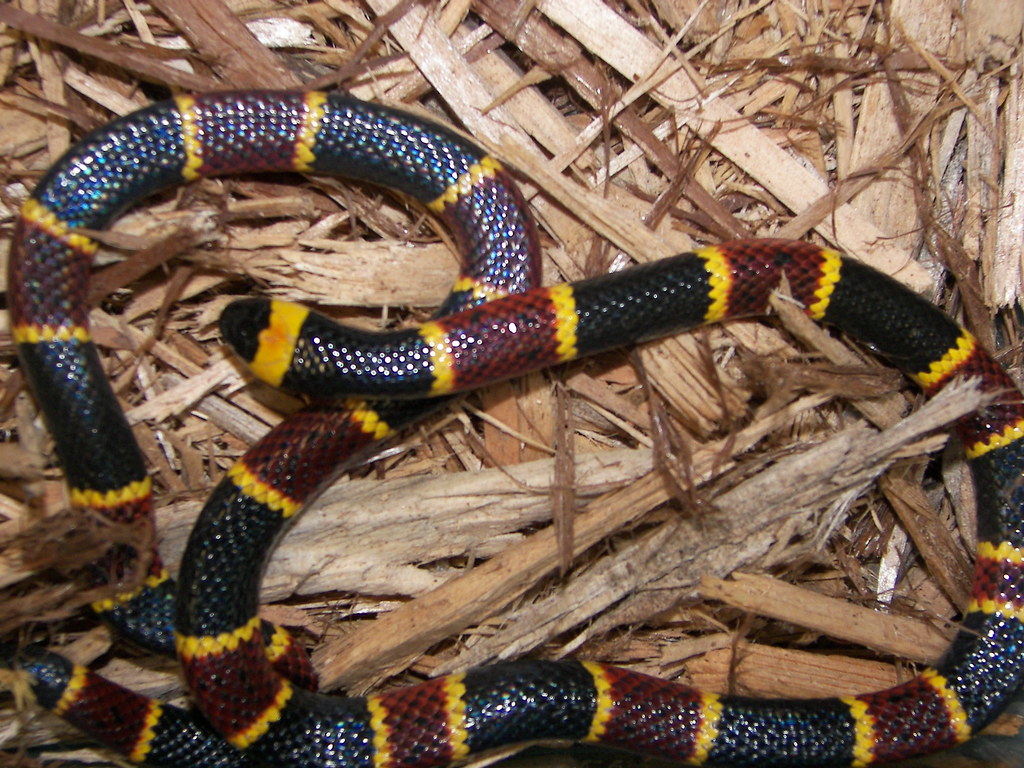
The most reliable method for distinguishing between coral snakes and milk snakes lies in their distinctive color band arrangements. True coral snakes feature bright red, yellow (or white), and black bands, with the critical pattern being that the red bands touch the yellow bands directly. Conversely, milk snakes typically have red, black, and white (or yellow) bands arranged so that the red bands are always separated from the white/yellow bands by black bands. This key difference is memorized by many outdoor enthusiasts through the rhyme: “Red touch yellow, kill a fellow; red touch black, friend of Jack.” However, this rhyme is only reliable for North American species, as coral snakes in other regions may display different patterns. The intensity and sheen of the colors also differ, with coral snakes typically exhibiting more vibrant, glossy bands compared to the duller, more matte appearance of milk snake coloration.
Head Shape and Size Distinctions
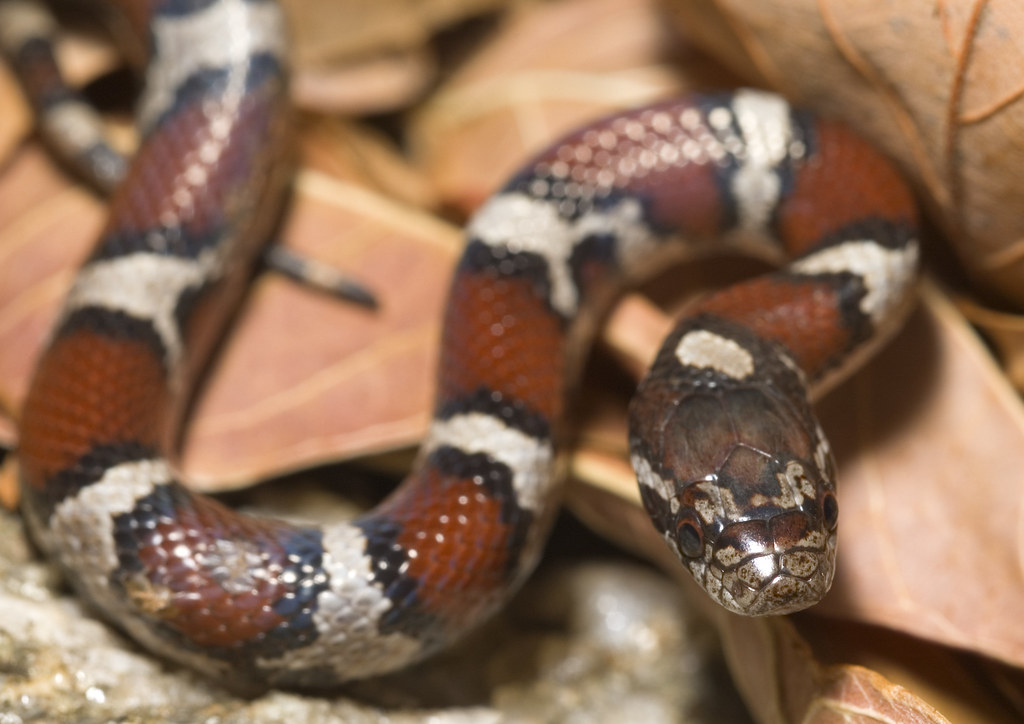
Another helpful identification feature lies in the distinct head shapes of these two snake species. Coral snakes have small, rounded heads that are barely distinguishable from their necks, giving them a more tube-like appearance from head to tail. In contrast, milk snakes possess slightly more defined heads that are somewhat wider than their necks, though not as dramatically as in pit vipers. Size can also be a differentiating factor, as adult coral snakes typically reach lengths of 18-30 inches, while milk snakes can grow considerably larger, with some subspecies reaching up to 60 inches in length. The eyes of coral snakes are typically small and entirely black, whereas milk snakes have more prominent eyes with round pupils. These morphological differences, while more subtle than color patterns, provide additional confirmation when attempting to identify these similar-looking reptiles.
Behavioral Differences That Aid Identification
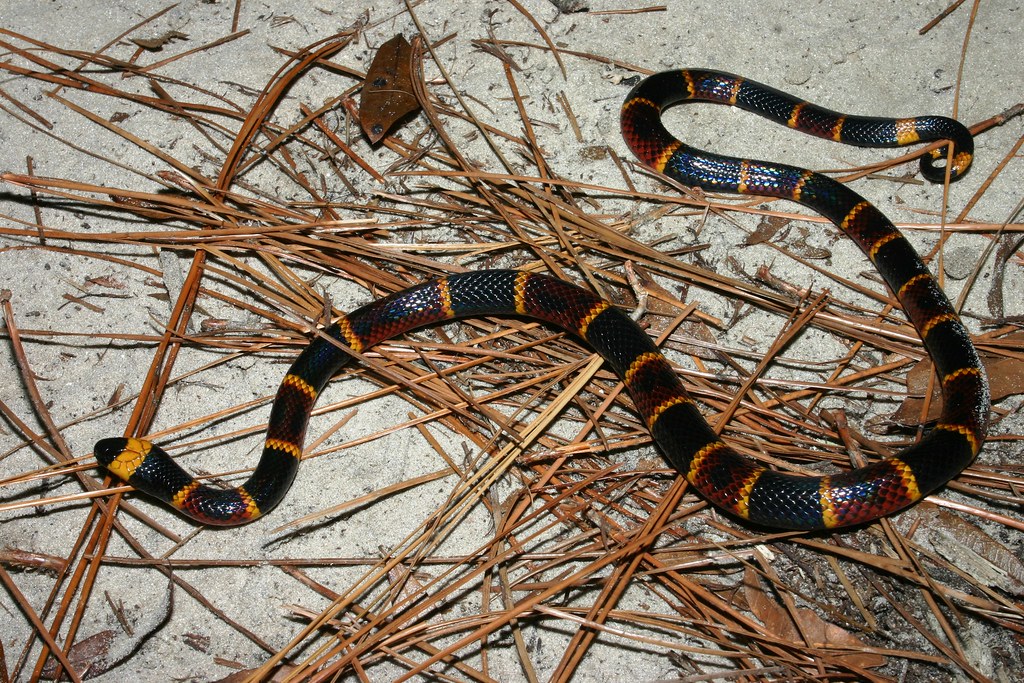
The behavior of these two snake species can provide valuable clues for identification when encountered in the wild. Coral snakes are primarily nocturnal and secretive, spending much of their time hidden underground or beneath surface debris, making sightings relatively rare even in areas where they’re common. When threatened, coral snakes often hide their heads and raise their tails, sometimes performing a slow, stiff-bodied side-to-side movement. Milk snakes, while also somewhat secretive, are more frequently encountered during daylight hours actively hunting for prey. When disturbed, milk snakes may vibrate their tails against dry leaves to mimic a rattlesnake’s warning, but generally attempt to flee rather than display aggressive behaviors. Understanding these behavioral differences can help contextualize an encounter and provide additional identification cues beyond physical appearance.
Geographic Range Overlaps and Differences
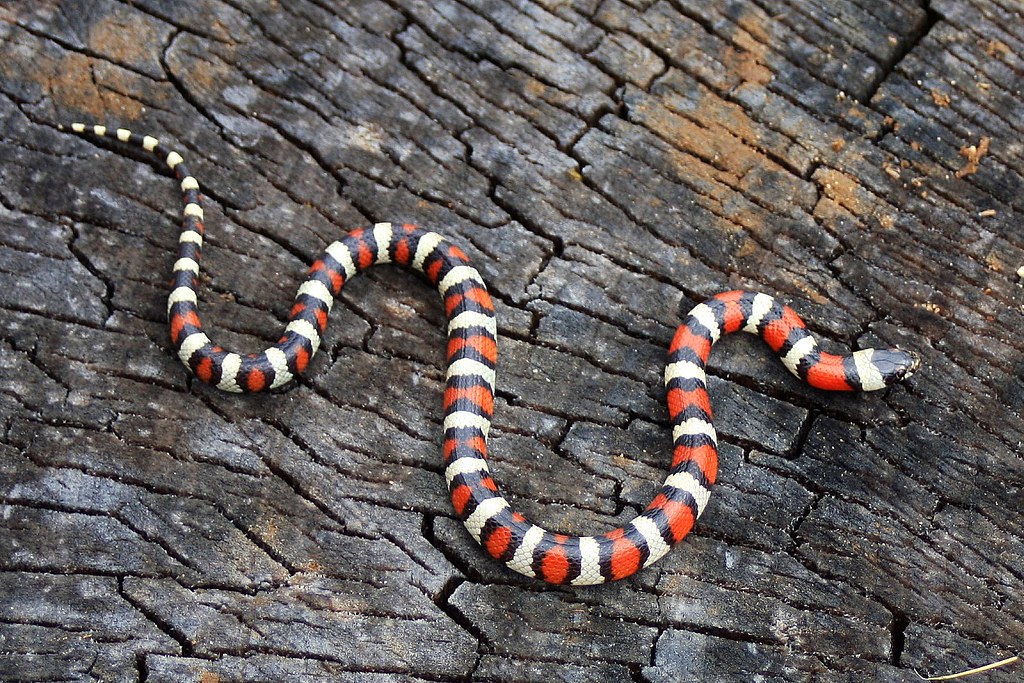
Knowledge of geographic distribution can be extremely helpful in narrowing down identification possibilities. In North America, coral snakes are found primarily in the southeastern United States, from North Carolina through Texas and into parts of northern Mexico, with the Arizona coral snake occupying a separate range in the southwestern desert regions. Milk snakes, meanwhile, have a much broader distribution, ranging from southeastern Canada throughout most of the United States, Mexico, Central America, and parts of South America.
In areas where the ranges overlap, particularly in states like Florida, Texas, and Georgia, the need for careful identification is greatest. Outside these overlap zones, particularly in northern states and Canada, a colorful banded snake is almost certainly a milk snake or another harmless species, as coral snakes do not tolerate colder climates. Understanding these distributional patterns provides important context when encountering a banded snake in the wild.
The Rhymes and Rules for Remembering the Difference
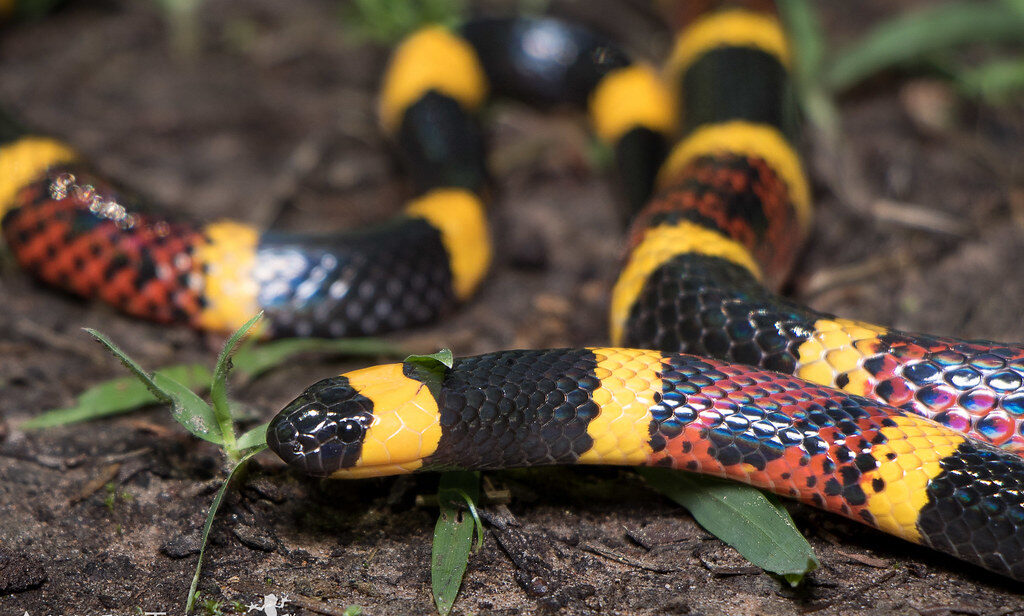
Various mnemonic devices have been created to help people remember the critical color pattern differences between these similar snakes. The most famous is undoubtedly “Red touch yellow, kill a fellow; red touch black, venom lack” or its variation “Red touch yellow, deadly fellow; red touch black, friend of Jack.” These rhymes refer to how the red and yellow bands directly touch on the venomous coral snake, while they’re separated by black bands on the harmless milk snake.
Alternative versions include “Yellow, red, stop dead” and “Red and yellow, dangerous fellow; red and black, okay Jack.” While these rhymes are generally reliable for North American species, they should not be applied globally, as coral snakes in other regions may have different patterns. Experts recommend using these memory aids as just one tool in a broader understanding of snake identification that includes head shape, size, and geographic range.
The Limitations of the Rhymes: When They Don’t Apply
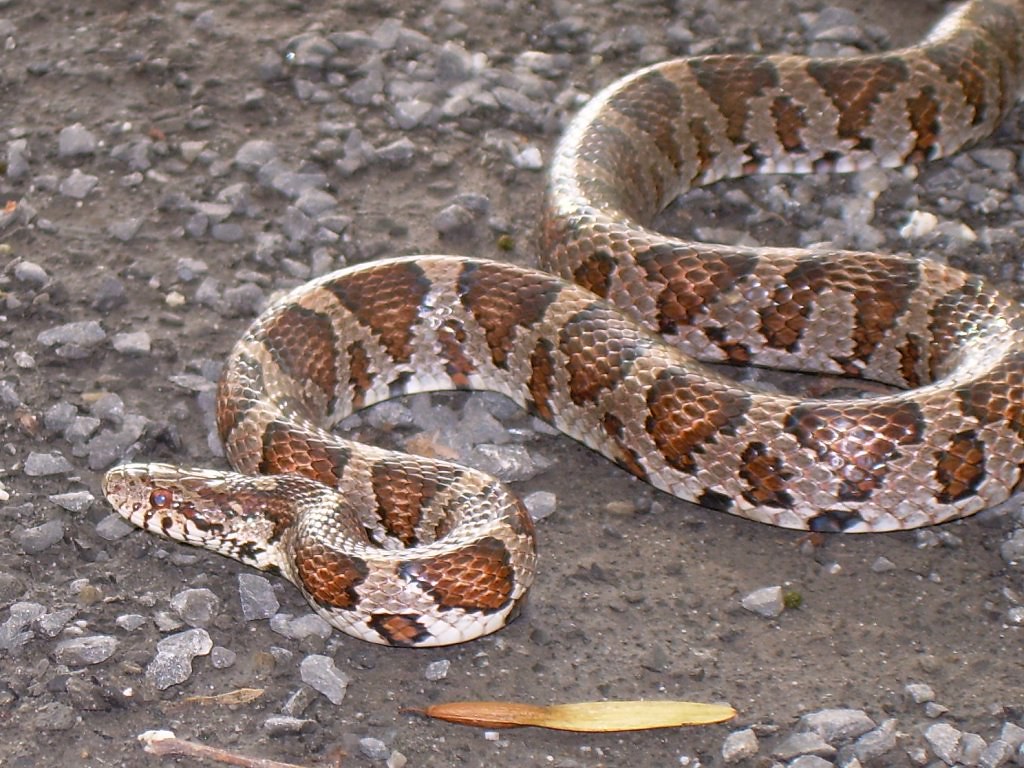
While identification rhymes are helpful tools, they come with important limitations that outdoor enthusiasts should recognize. These color-based rules apply specifically to North American coral snakes and their mimics, but coral snakes in Central and South America may display different color patterns that don’t conform to the familiar rhymes. Furthermore, some subspecies of milk snakes and other non-venomous snakes may have variations in their color patterns that could cause confusion, especially in juveniles or individuals with unusual coloration.
Regional variations exist even within the United States, as the Arizona coral snake has unique patterning compared to its eastern relatives. Certain lighting conditions or a snake with mud-covered scales can further complicate visual identification. These limitations underscore why relying exclusively on color-based rhymes without considering other identification factors can potentially lead to dangerous misidentifications.
What to Do If You Encounter a Banded Snake
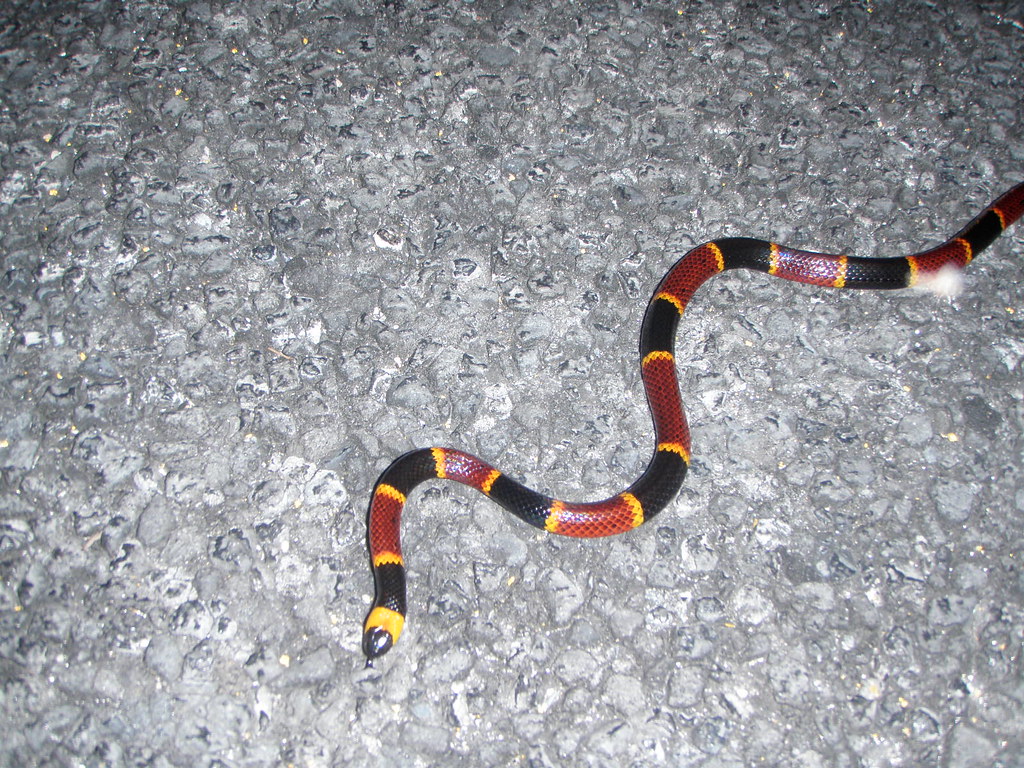
When encountering any snake with red, black, and yellow/white banding in the wild, the safest approach is to maintain a respectful distance. Regardless of species, attempt to leave the snake undisturbed and back away slowly without making sudden movements that might startle it. Never attempt to handle, kill, or provoke any snake, as this significantly increases the risk of a defensive bite. If you need to pass by the snake, give it a wide berth of at least 6 feet, as both species prefer to retreat rather than confront humans when given the opportunity. For those interested in identification, taking a clear photograph from a safe distance can allow for later confirmation of the species without putting yourself at risk. Remember that all snakes, venomous or not, play important ecological roles and deserve respect as wildlife, so leaving them unharmed is both the safest and most environmentally responsible choice.
First Aid for Snake Bites: Know the Difference

Understanding the appropriate first aid response differs significantly depending on whether a bite comes from a coral snake or a milk snake. A coral snake bite may initially seem minor and relatively painless due to their small fangs, but medical attention should be sought immediately as symptoms can develop slowly over hours before becoming severe. The current recommended first aid includes keeping the victim calm to slow venom spread, removing jewelry or tight items near the bite area before swelling begins, keeping the bite below heart level if possible, and transporting the victim to the nearest medical facility as quickly as possible. In contrast, a milk snake bite, while potentially startling, requires only basic wound care similar to any minor puncture—cleaning with soap and water and applying antibiotic ointment. The dramatic difference in medical urgency underscores the importance of correct identification, particularly in remote areas where medical access may be limited.
Conservation Status and Legal Protections
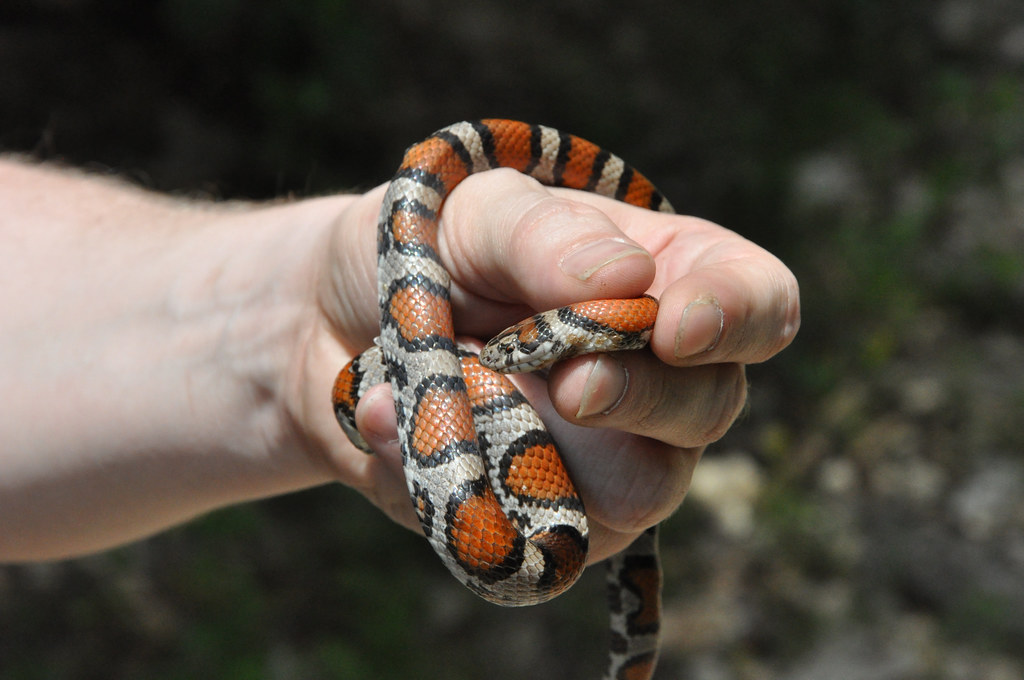
Both coral snakes and milk snakes face conservation challenges, though to varying degrees across their ranges. The eastern coral snake is not currently listed as threatened or endangered at the federal level, but habitat fragmentation and human development have led to declining populations in parts of its range, resulting in state-level protections in some areas. The situation is more critical for certain milk snake subspecies, such as the scarlet kingsnake and the eastern milk snake, which have protected status in various states due to habitat loss and collection for the pet trade.
Legal protections for these species vary by location, with some states prohibiting the killing or collection of either species without proper permits. Understanding the conservation status of these snakes helps emphasize the importance of leaving them undisturbed when encountered, not only for personal safety but also for ecological preservation.
The Evolutionary Puzzle: Why Mimicry Developed
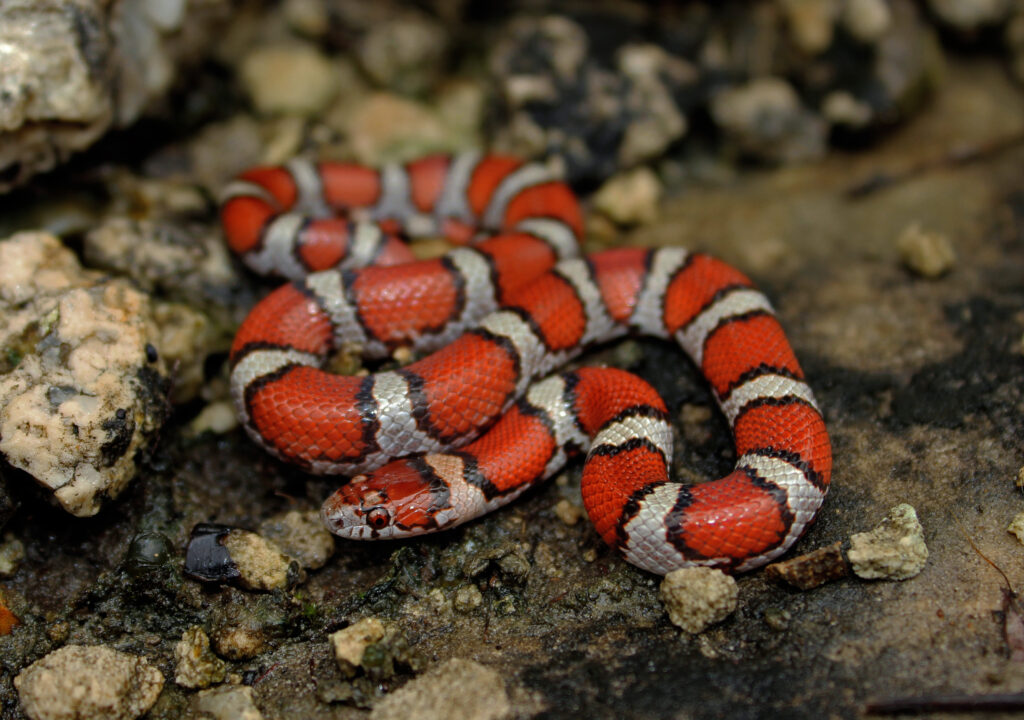
The evolution of mimicry between milk snakes and coral snakes presents a fascinating example of natural selection at work over millions of years. For this mimicry to develop, both species needed to inhabit overlapping territories where predators could learn to associate the coral snake’s bright coloration with danger. Research suggests that the mimicry likely evolved multiple times independently in different milk snake populations, with those individuals bearing closer resemblance to coral snakes surviving at higher rates due to predator avoidance. This evolutionary pressure gradually refined the mimicry to the remarkable similarity we observe today.
Interestingly, studies have shown that in regions where coral snakes are absent, milk snake populations tend to display less vivid coloration, as the selective advantage of mimicry disappears. This complex evolutionary relationship demonstrates nature’s remarkable capacity for adaptation and the interconnectedness of species within ecosystems.
Conclusion: Respect and Knowledge for Safety
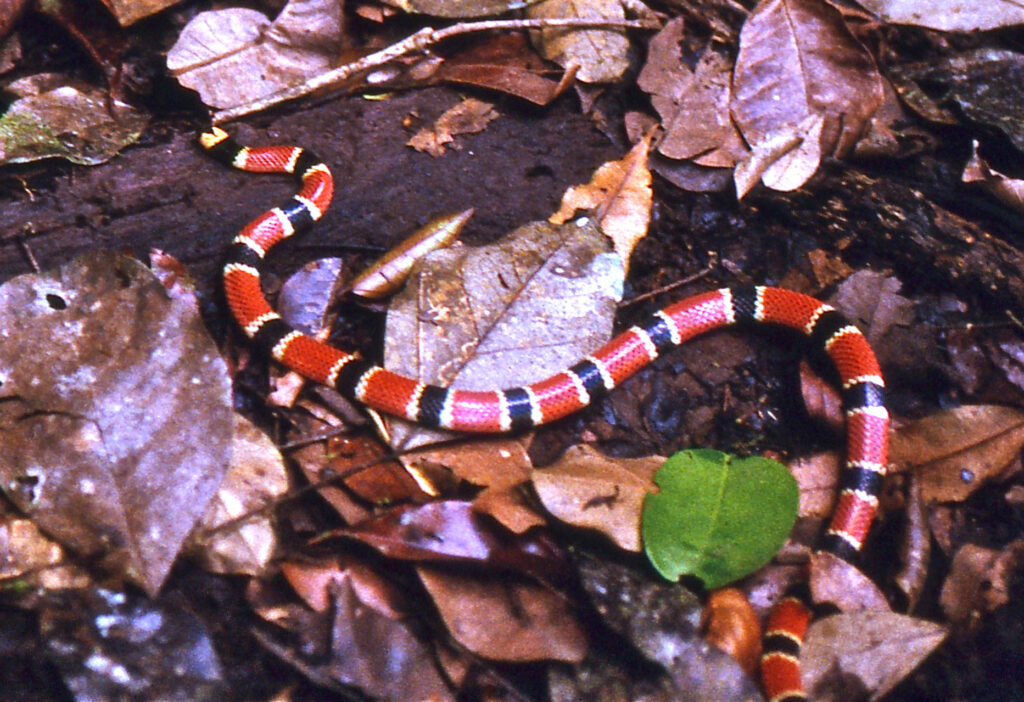
The remarkable similarity between milk snakes and coral snakes illustrates both the wonders of evolutionary adaptation and the importance of natural history knowledge for human safety. While the colorful rhymes provide helpful memory aids, true snake safety comes from a deeper understanding of snake behavior, habitat preferences, and a respectful attitude toward all wildlife. Rather than reacting with fear, the ability to distinguish between these look-alike species allows us to appreciate their ecological roles while maintaining appropriate caution around potentially venomous species. Whether you’re a hiker, gardener, or simply someone who might encounter these fascinating reptiles, investing time in learning these identification skills represents responsible stewardship of both personal safety and wildlife conservation. Remember that all snakes, regardless of their venom status, deserve to be left unharmed in their natural habitats where they perform vital ecological functions.

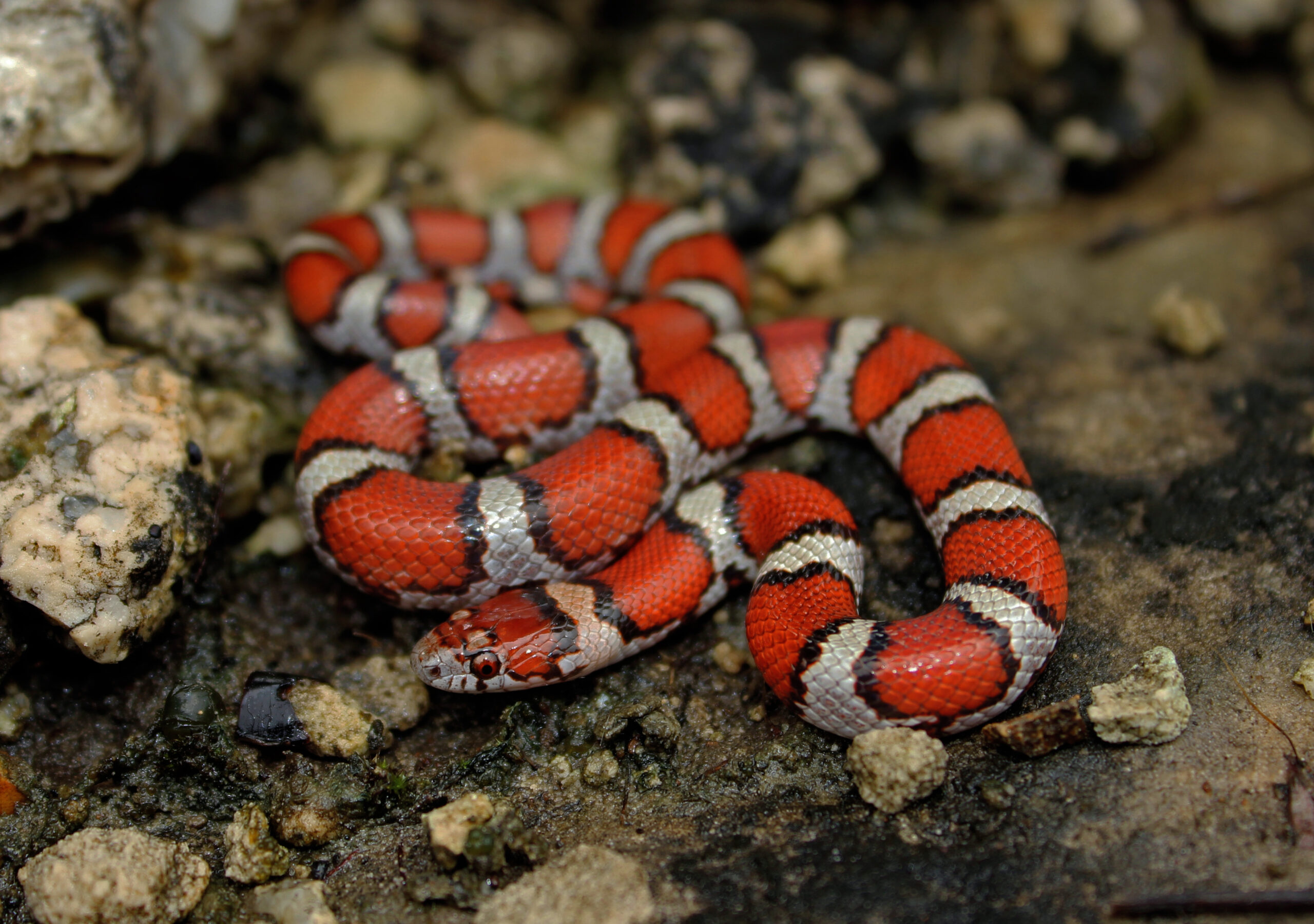


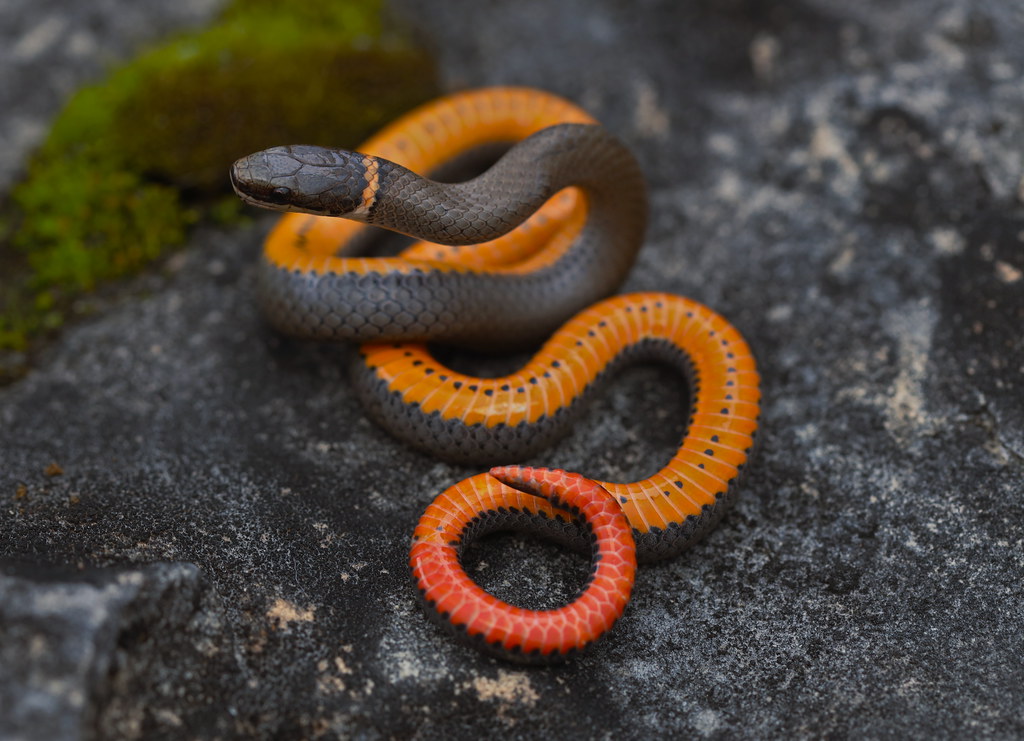
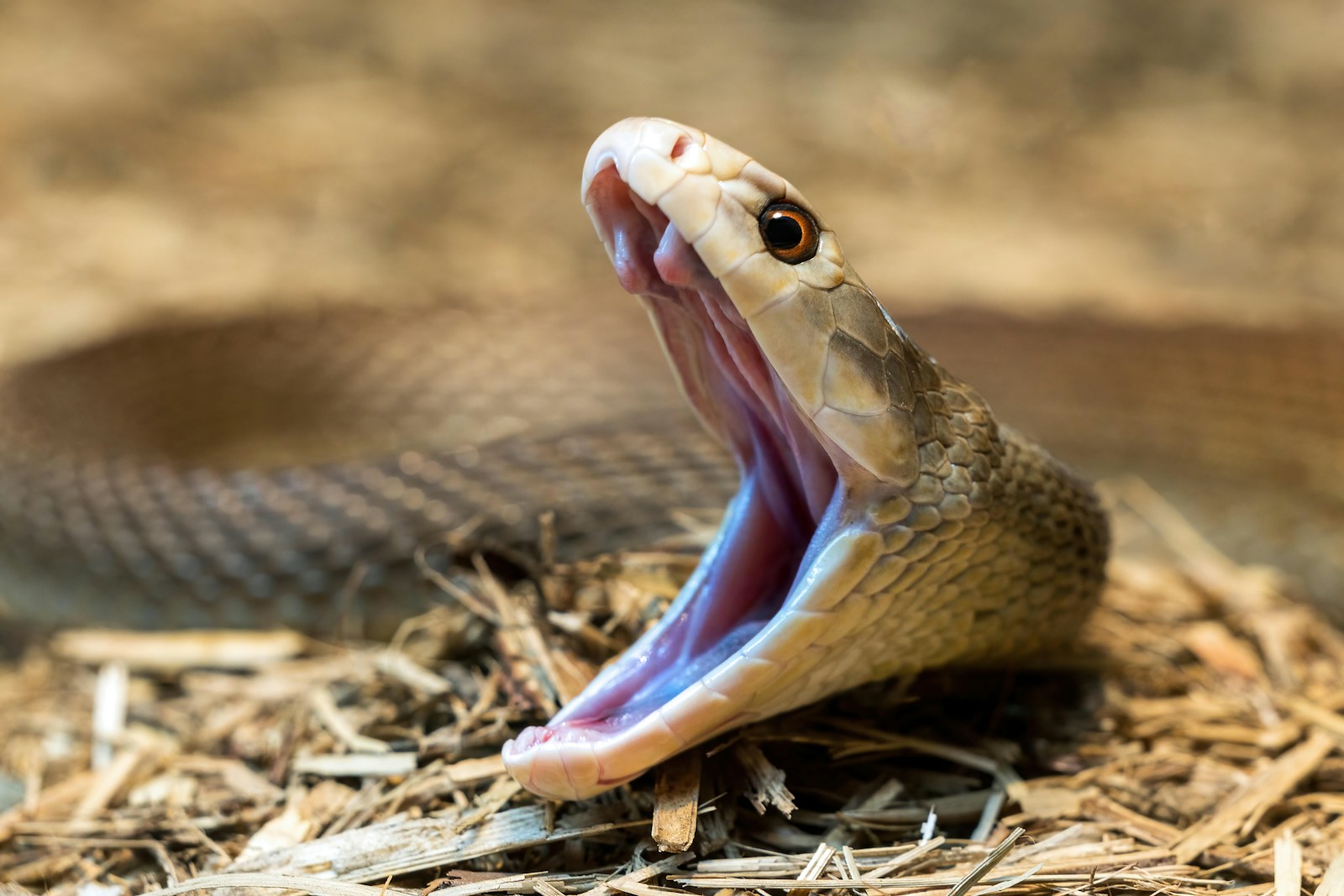
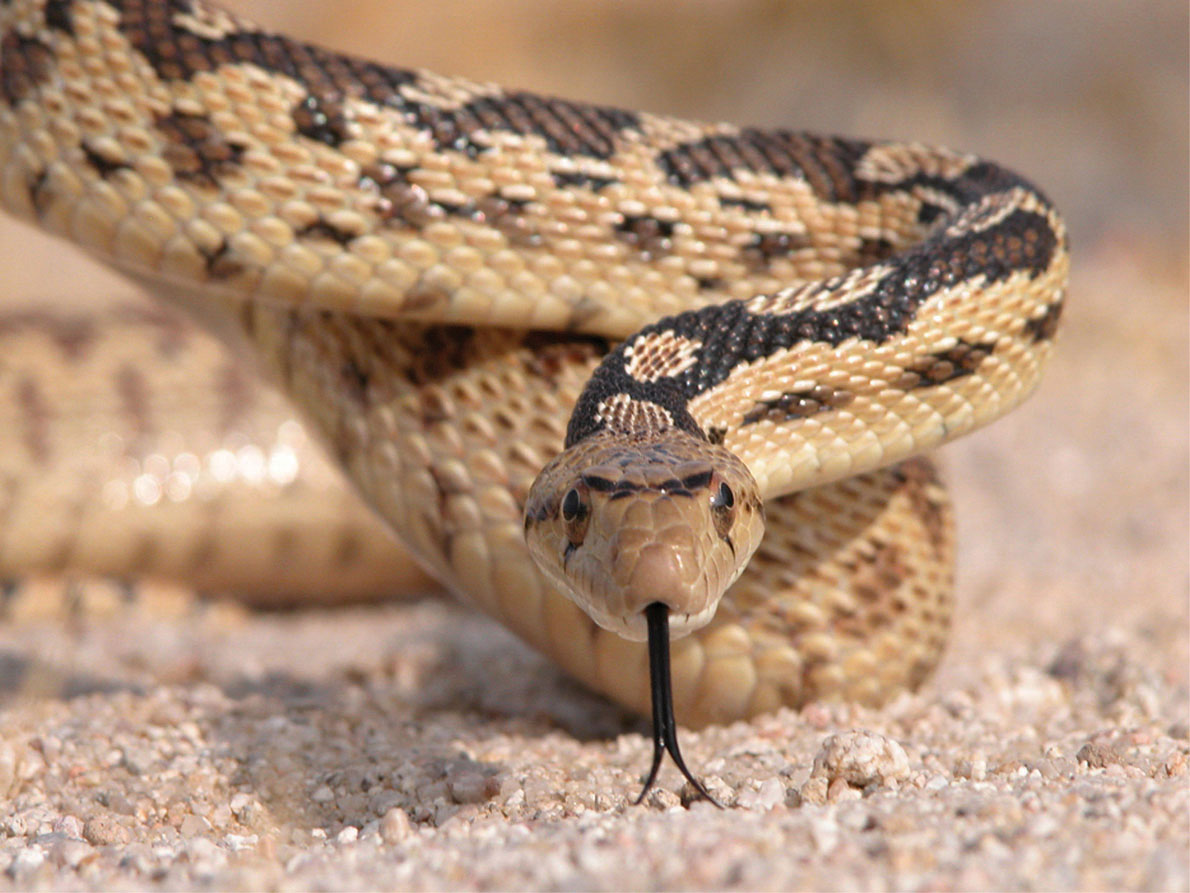

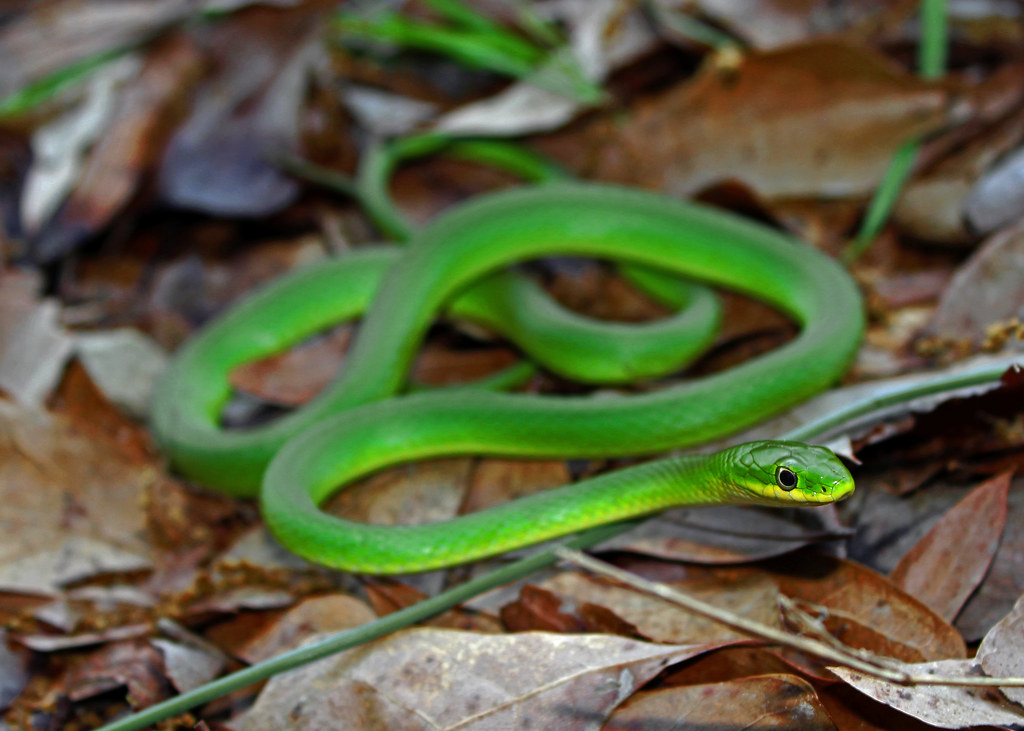


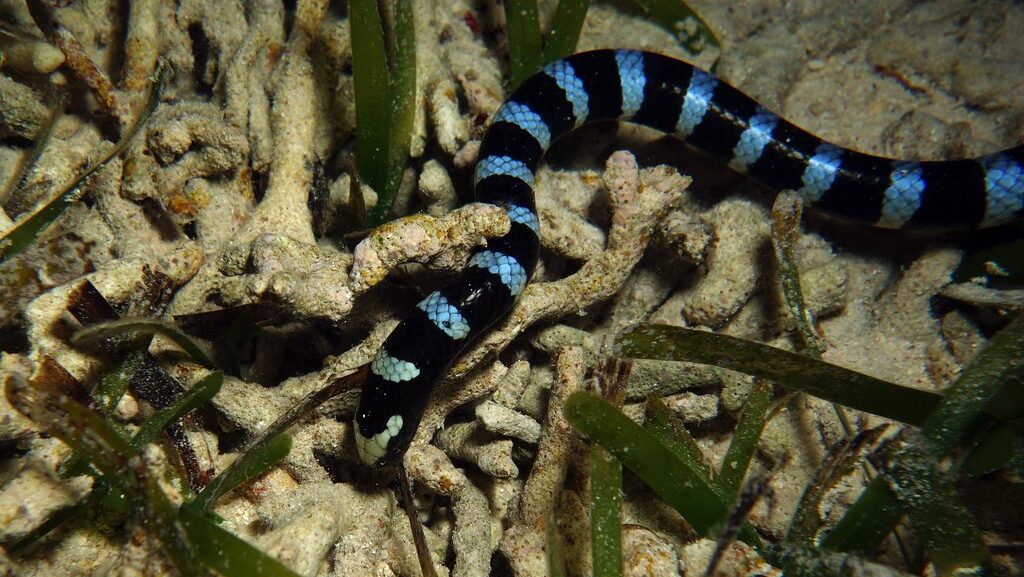



Leave a Reply